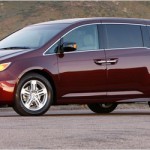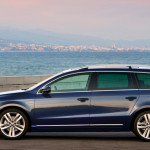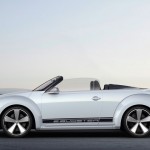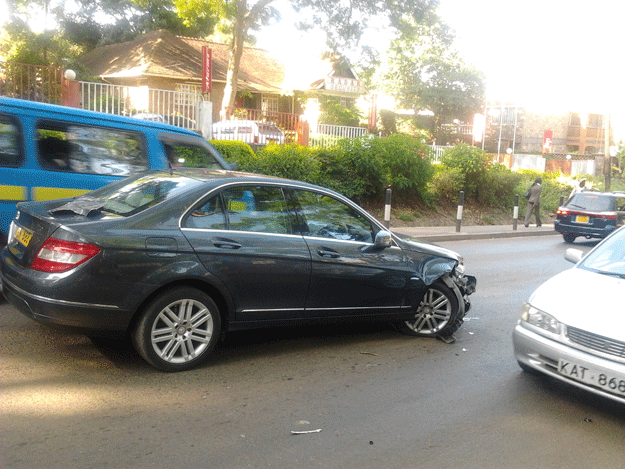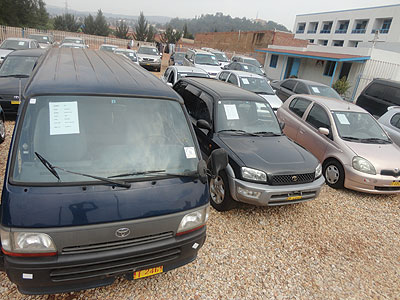Volkswagen is entering an increasingly competitive sector of the market
This new Volkswagen Golf Estate is proof that the market for small, automotive family holdalls is swelling as quickly as their boot capacities. Alongside the usual suspects of the Focus and Astra, we now have the return of the Honda Civic Tourer, the Seat Leon ST, the Auris Tourer Sports from Toyota and so on.
You might note that none of the last three contenders are actually called estates. For that you can thank the marketing folk, who want them to appear as active, dynamic and other such things, and not, as the word “estate” brings to mind when paired with the word “car”, dreary.
This brings us to the new Golf Estate which is indeed called an estate. That’s the kind of straightforward, sensible logic you get with a Golf. And sensible, despite what us motoring journalists might like to tell you, is actually what a lot of people want from their car.
Just like they want their fridge to keep things cold and their washing machine to get things clean, that hunk of metal with four wheels that lives on the drive must simply get them and their family from A to B without breaking down. Steering feel, on-limit behaviour and a crisp gearchange matter about as much as all those settings on your microwave that you never use.
Perhaps the real truth is that people want more from their car. It must be an expression of who they are and what they value. And with any car there are things that, when done well and added together, can make it much more enjoyable to live with. This is where the Golf is king and why, in 2013, we named the hatchback version as our Car of the Year.
What impressed us were things such as it feeling like a big car in terms of quality, but also being small enough to get into parking spaces with ease, or the fact that it is as refined and as settled on the motorway.
So it’s hardly like making it more practical by adding a thumping great boot (a very impressive 605 litres with the seats up as opposed to the 380 litres of the hatchback) is going to make it considerably worse.
What our test car did demonstrate, however, is how sensitive these cars are to specification. So while all models get a fancy 5.8in touchscreen in the centre of the dash, there are other areas, such as the lack of climate control or heated seats, where you might wish you’d spent extra money over the standard SE trim in order to give your Golf a true premium feel.
Know that the first place to splash any extra cash should be the drivetrain, 1.6-litre diesel engine mated to a five-speed manual gearbox. On the spectrum of sensible yet dull decisions, choosing this engine is right up there with deciding to have an early night.
So if you’re going to buy a Golf Estate, and I certainly wouldn’t advise you against it, please do at least try the VW Group’s 2.0-litre diesel, or even better one of its light and nippy turbocharged petrol engines. They won’t turn your family wagon into a hot rod, but it would be 100 times more satisfying to drive, without in any way sacrificing its sensible side. And if there’s one thing we all want from our cars, no matter how much we spend or how little we care, satisfaction is surely it.
Source: The Telegraph






